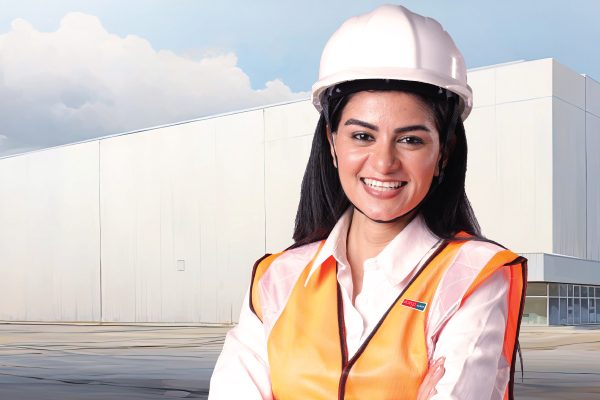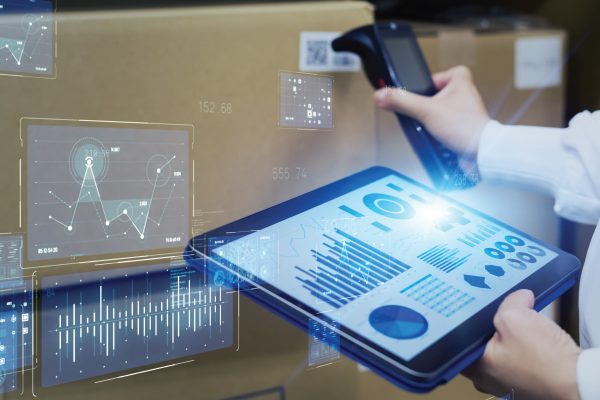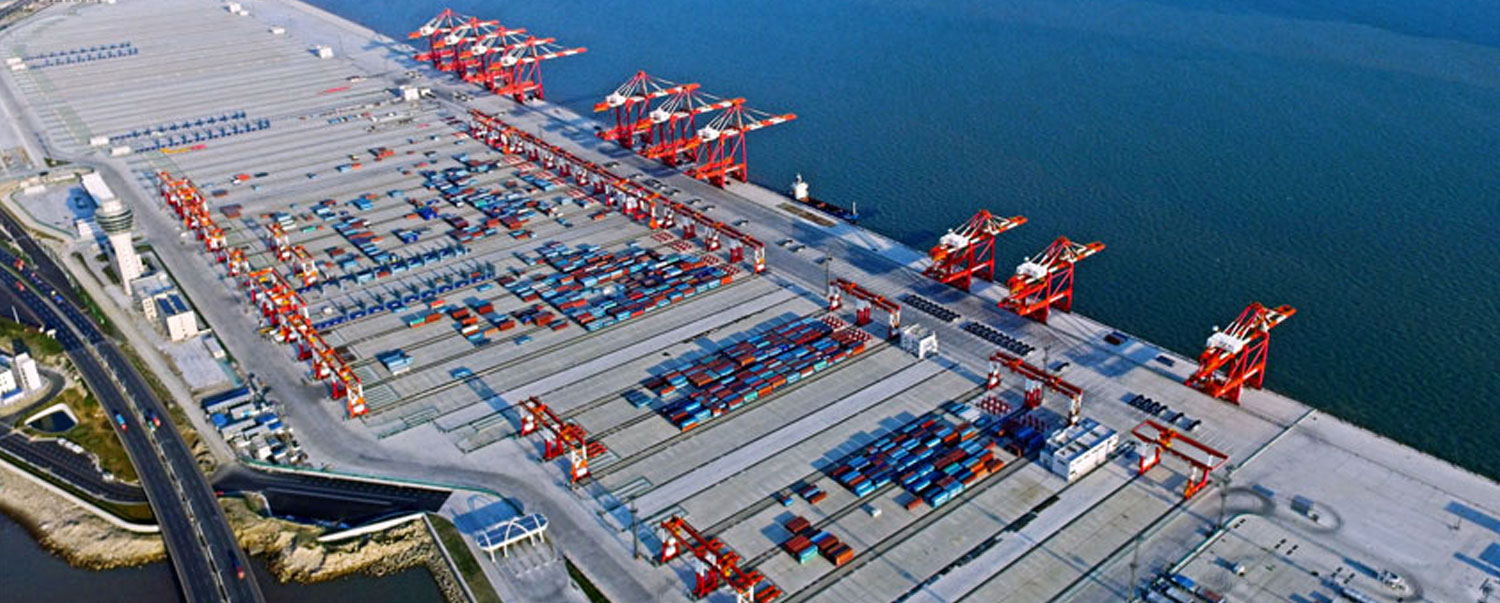Today’s view into tomorrow’s ports and container terminals Suresh Kumar MC, India MD, Cargotec India Pvt Ltd. Automation and digitisation will leave ports and container terminals completely unrecognisable, but for the better
A time-travelling terminal manager from 1997, visiting a port or container terminal today, will find it hard to recognise what used to be his workplace. If the same terminal manager moves forward another four decades, he is likely to feel he has stepped into an alien world. He will not be witnessing just bigger and better ports and terminals, one where the driving force would not be just large-scale mechanisation, but one where data will be behind the wheels.
According to Drewry’s 2017 Global Container Terminal Operators Review, the volumes are expected to grow at 4 per cent annually between 2016 and 2021. While ports and terminals will continue to expand to accommodate this growth, there will also be fresh investments in automation at an unprecedented scale to improve port productivity, efficiency, competitiveness, and safety.
As seaborne trade continues to grow, shipping companies have merged and established mega alliances to weather the economic cycles. Today, three of the world’s largest ocean alliances (Trans-Pacific, Asia-Europe, and Trans-Atlantic) represent around 80 per cent of global container capacity and 96 per cent of all container capacity on major trade routes.
New alliances have placed orders for even more gigantic vessels to be built in the coming years. And to fill these vessels to an economically viable utilisation rate, alliances are a must. Alliances need terminals that are fit to handle mega vessels and mega volumes. They require deeper water, longer berths, and bigger cranes. Thanks to the alliances, the annual cargo volume in the port of Antwerp, for example, has grown to more than 10 million TEUs (20ft equivalent unit, a global standard for measuring containers) – a size unimaginable even 10 years ago. The peaking pressure has also increased as big alliances bring in and take away in one go more cargo at a terminal, which calls for increased coordination.
Staring into the crystal ball
To stay competitive, ports and terminal too will have to change, along with super-sized ports and containers that augur an ever-increasing scale of operations. But imagining future ports and terminals, only in terms of their physical dimensions will not only be incomplete but will also be missing the real change.
The changes will be driven by data, which will fundamentally alter the way the global trade operates, making it more efficient, safe and sustainable.
Clogged ports and roads cost billions of dollars in the form of time, fuel, and other resources. Trucks and trains still meet the demands for speedy last mile delivery. There is already a need for smart and heavy machinery that can carry and offload cargo in bulk. In future, standardised mass-produced cargo systems will enable more personalised and efficient services. Goods will be moved rapidly around the world in ‘smart containers’ that know their contents and destination.
Alternative energy resources will replace the cargo handling systems. Wheels may get replaced by air cushion or magnetic levitation technologies like those in ‘bullet’ trains. Equipment will be run by an operating system that automatically notifies timely maintenance and repairs needs.
Future terminals will be complete logistic ecosystems that act as global interchange points for an on-demand society. All ports will be automated and run on renewable energy with zero carbon emissions on site. Continuous predictive maintenance ensures that everything runs smoothly at all times. Big data will have a big role. Artificial intelligence combined with human experience and knowledge will help us solve highly complex problems. People are more connected than ever, and new digital technologies have enabled different forms of collaboration, co-creation, and innovation that have positively impacted millions of lives around the world.
Why automate?
The case for port automation cannot be overstated. Ports and terminals of today are striving to improve their productivity while meeting the challenges posed by growing size of vessels. The pressure on quicker turnaround time for these super-sized vessels, particularly during peak hours, will be one big challenge.
Port automation is an obvious solution that will lend better control and therefore better predictability of outcomes. With precise scheduling of equipment and containers, waiting-time for ships at ports can be lowered significantly. This will result in greater operating efficiency while minimising environmental pressures. In addition, port automation optimises the performance of the entire machine fleet at ports, and the flow of containers, which in turn reduces energy consumption and emissions. Converting manual terminals to automated ones can save labour costs by up to 60 per cent, while power and fuel costs can be cut by up to 25 per cent.
Automated solutions will also create a safer workplace for port and terminal workers, by lowering the risk of human error caused by direct interaction between people and heavy machinery.
Change management is key
The benefits of automation are obvious and significant, but they come with widespread operational changes that need to be addressed, particularly regarding change-management processes.
Automation not only requires a thorough change of business processes but also, a whole new set of skills and a change in the mindset of people. Managing this change will, in fact, be more crucial than the technical implementation of automation solutions itself.
Successful change management requires a lot of effort from the terminals undergoing the transformation. It involves early planning, a continuous open dialogue with all stakeholders, including employees and the trade unions, and making sure that there are tailor-made training programmes to enable the workers to adapt to work in a changing environment.
Cross-industry technology adoption
Based on what we are seeing today, it is quite likely that all future container handling machines will be fully electric. The driving force behind this change will, however, be from outside the logistics business, particularly changes in the technology we are witnessing in the personal transportation space, combined with a massive jump in the load carrying capacity. This push toward better technology and infrastructure will ultimately bring the cost-benefit equation to a point that will make the adoption of all-electric technology inevitable.
Container handling business today might be a decade or two behind other industries in adopting automation. But on the other hand, the world we live in is very different from the one that automotive industry faced in the early days of industrial robotics. While the logistics industry may be late in the game, it is adopting automation in the time of an unprecedented convergence of digitisation, wireless connectivity, artificial intelligence, machine learning, IoT (Internet of Things) and big data.
About the author: Suresh Kumar MC is the Managing Director for India operations at Kalmar, part of Cargotec, a Finland-based company providing cargo handling solutions and services.














